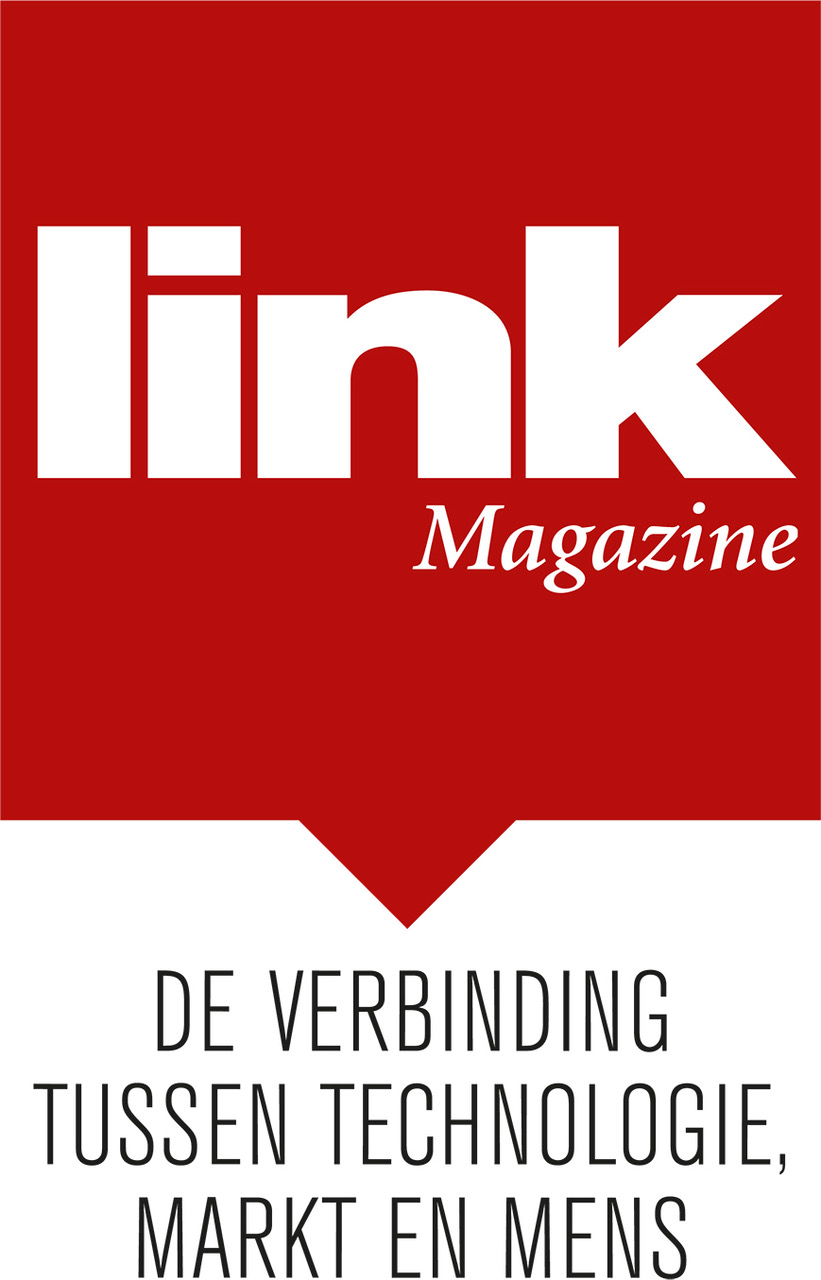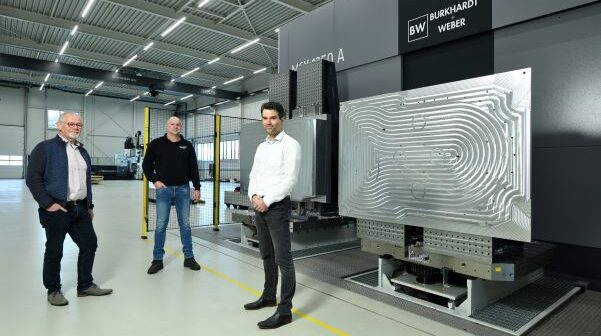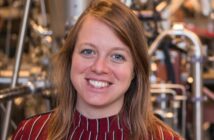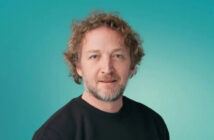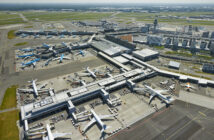Masévon Advanced Systems was recently founded to produce complex, clean modules and systems for the semiconductor and other industries. For this, it engaged in a quest for a suitable machining centre. Burkhardt+Weber (BW) was more than willing to offer Masévon a peek behind the scenes and to engage in open, in-depth technical discussions even before the contract was awarded. The result is one of the most accurate machines BW has ever built and Masévon has ever put into service.
Burkhardt+Weber develops ‘most accurate’ high-precision machine with and for Masévon
Masévon Group is a high-tech system supplier serving various markets, including semiconductor and medical, with four core competences: cleanliness, vacuum technology, operational excellence and manufacturing excellence. With a large customer base in the south of the Netherlands but with its head office in Hardenberg, in the east of the Netherlands, Masévon consists of five companies with a total of 200 employees and achieved a turnover of 50 million euros last year. ‘Our world is changing and is becoming increasingly complex,’ says COO Björn Wesselink. ‘That’s why we recently founded Masévon Advanced Systems, to produce complex systems under ultra-clean conditions. But before we would invest, we wanted to know what our strengths were and what the market needs were. As a result of our roadshow along various customers three years ago, we committed to the construction of a new plant, as we could no longer grow at our existing locations. In this new building we now have all internal competences under one roof.’
Quest for the machine
As Masévon involved their future customers in specifying key deliverables (specs, dimensions, lead times, etc.) of the new plant, they were enthusiastic well before the building process was started. Specifically, there was a need for producing high-precision vacuum chambers with maximum dimensions of 2 by 2 by 2 metres. Masévon therefore decided to invest in a new milling machine for very complex aluminium parts, under the supervision of Henk Spalink, group leader machining at Masévon Advanced Systems, and Gert Dijk of Dijk Consult. Dijk: ‘With my independent measurement and consultancy firm, I advise clients on the purchase, overhaul and calibration of machine tools. It is important that companies orient themselves well in advance, because problems such as failing to reach the commissioning deadline or immediate repairs are often the result of unclear agreements between the machine supplier and the customer at the front end of the process.’ The available machines, however, turned out to be unsuitable, Wesselink reports. ‘That’s how our quest for the right milling machine began. We have combined our knowledge about the market needs and Henk’s machining experience with Gert’s expertise of the interplay between machine geometry, machine operation and the required product quality. Together we translated all of our concerns and specifications into the machine requirements and drafted a request for quotation. Holding this RFQ, we entered the market and visited the usual suspects, but none of these machine builders were willing to let us take a peek behind the scenes.’

Olaf Furtmeier (left) and Knut Weller at Burkhardt+Weber in Reutlingen. Photo: BW
Agile transformation
Eventually, Masévon also visited Burkhardt+Weber in Reutlingen (Germany). Wesselink: ‘Right from the start, BW gave us a good feeling, partly because our company is approximately the same size.’ BW is 130 years old, has 250 employees and achieved a turnover of 45 million euros last year. BW has specialised in producing large, high-precision and highly customized machining centres. It has grown from a traditional machine builder into an innovative company, says CEO Olaf Furtmeier. ‘Our corporate philosophy is to keep up with the changing world that Björn talked about. We want to meet the ever-increasing expectations and requirements of customers and to make optimal use of automation and digitisation. We were looking for a partner to go through this agile transformation with us. In Masévon we found a good match in terms of company size and philosophy.’
Constructive discussions
Technical sales manager Knut Weller of BW did a good job preparing meetings, explains Wesselink. ‘He made sure that we met their technical experts. They were able to convince us of the geometrical accuracy and thermal stability of their machine. For example, we learned a lot about the influence of the heat released during processing. The discussions were not always easy, though.’ Henk Spalink, who was also involved, says: ‘We talked extensively about the possibilities of the new machine and the products we want to produce with it.’ Weller: ‘We always had constructive discussions. As a small company, we are flexible and our focus is on customisation, which is not easily available from large machine builders. Given the high speeds required for aluminium machining, we took the MCX, the ultra-dynamic version of our series of roller-guided machining centres, with modifications to the axes, as the base of this machine. Finally, we drew up a protocol for what had to be satisfied in preliminary and final acceptance tests. It was quite a process we went through, from which everyone has learned, also here at BW.’
Balance between quality and costs
On the limit
Wesselink: ‘That’s how we went in-depth together and that gave us a lot of confidence. We looked at measurements of parts, as well as dynamic and thermal stability tests on machines. We had lively discussions, with products on the table, about what could still reasonably be achieved without costs exceeding all limits, finding the optimal balance between quality and costs. Each time we went through this discussion, for a total of about 30 to 40 parameters, and this gave us a lot of confidence in the machine’s ability to produce the product quality we wanted to achieve.’
Gert Dijk, who also played a crucial role, says: ‘I had to ensure that what Masévon needed in terms of precision would end up in the specifications of the machine and that what they wanted to measure could actually be measured. With this large machine, that was on the limit of what was possible. These very strict requirements were a major challenge for the machine builder. Analysing what is possible was not easy, but it went well. BW was open and we understood each other very well. I know the machine builders’ market and comprehend what actually matters, what is dream and what is reality. For me it was the first BW machine and, to be honest, I was surprised by its quality.’
Utmost precision
The machine for Masévon is one of the most accurate ones BW has ever developed, Weller reports. ‘Certainly so in a 5-axis version and with these high rotational speeds.’ In fact, it is one large measuring machine that can also machine, Furtmeier says jokingly. Inside the volume of a cubic metre, the accuracy is 10 to 20 micrometre – and that without volumetric compensation’, Dijk adds. ‘It is an extraordinarily accurate machine and contains a great deal of knowledge and experience from the people behind it.’ This concerns the spatial precision, covering several axes, Weller emphasises. ‘We went through many process steps to arrive at such an accurate machine, with protocols for the interim measurement of all kinds of quantities. In the final assembly of the machine, we were able to correct things once again and the eventual precision was handmade. We make the accurate parts on our own machines.’ Dijk stresses that the BW machine’s precision is purely of a mechanical nature. ‘Nowadays it is possible to correct errors in CNC machines in such a way that a bad machine can produce good results thanks to software optimisation.’ But that is not what Masévon wants, says Wesselink. ‘If we know that the machine is thermally stable and no software compensation is required, then we can predict the behaviour of the machine and make the best product using the expertise of Henk and his colleagues.’
State-of-the-art
The machine features of course all modern automation, both in terms of automatic product and tool change, as well as control with CNC programs, extensive measurement programs and data acquisition for data analysis. Furtmeier: ‘Not only the machine itself, but also the ambient conditions, such as climate control and the concrete foundation, are state-of-the-art. And in the end, it is important that, despite the extensive automation, the operator understands the machine.’ For this, Dijk has set up an extensive training programme for the operators. ‘If they don’t understand the interplay between machine geometry and product accuracy, you’re not getting the most out of it. You therefore need operators who have a passion for accurate machining.’

Theo Kneepkens (KLA) about supercycle of growth: Í hope that supply industry expands its capacity’. Read this edition of link magazine digitally via this link
Recently, the site acceptance test was successfully completed, Wesselink reports. ‘The machine is now running at our premises and we are in the middle of the ramp-up of various parts to volume production. The prototypes already produced look good.’
In the meantime, Masévon is already planning a roadshow for the next investment round. ‘Our new building is prepared for three to four machines; there is room for expansion with specific machines, depending on market demand.’
Unique collaboration
The advanced machine is the result of a unique collaboration, states Wesselink. ‘It was really co-creation. Even before the contract was awarded, we had serious discussions with them, always constructively, even during the site acceptance test. Never has the contract been put on the table to settle such discussions.’ Furtmeier is happy with these kind words. ‘Based on our new corporate vision, we have been able to work well with Masévon. They are at least ten years ahead of German machine builders. We operate in a niche market and need special challenges to demonstrate our strengths. Our advantage is that we are small and flexible and can listen carefully to the needs of customers, so that we can quickly enter that new world. We’ve been able to move into one of the most challenging industries in terms of precision, the semiconductor. Thanks to Masévon, we were able to set benchmarks there and elaborate the theme of precision. If we are to continue with Masévon for another challenging machine, there is the confidence that it will work again, as in a good marriage.’
